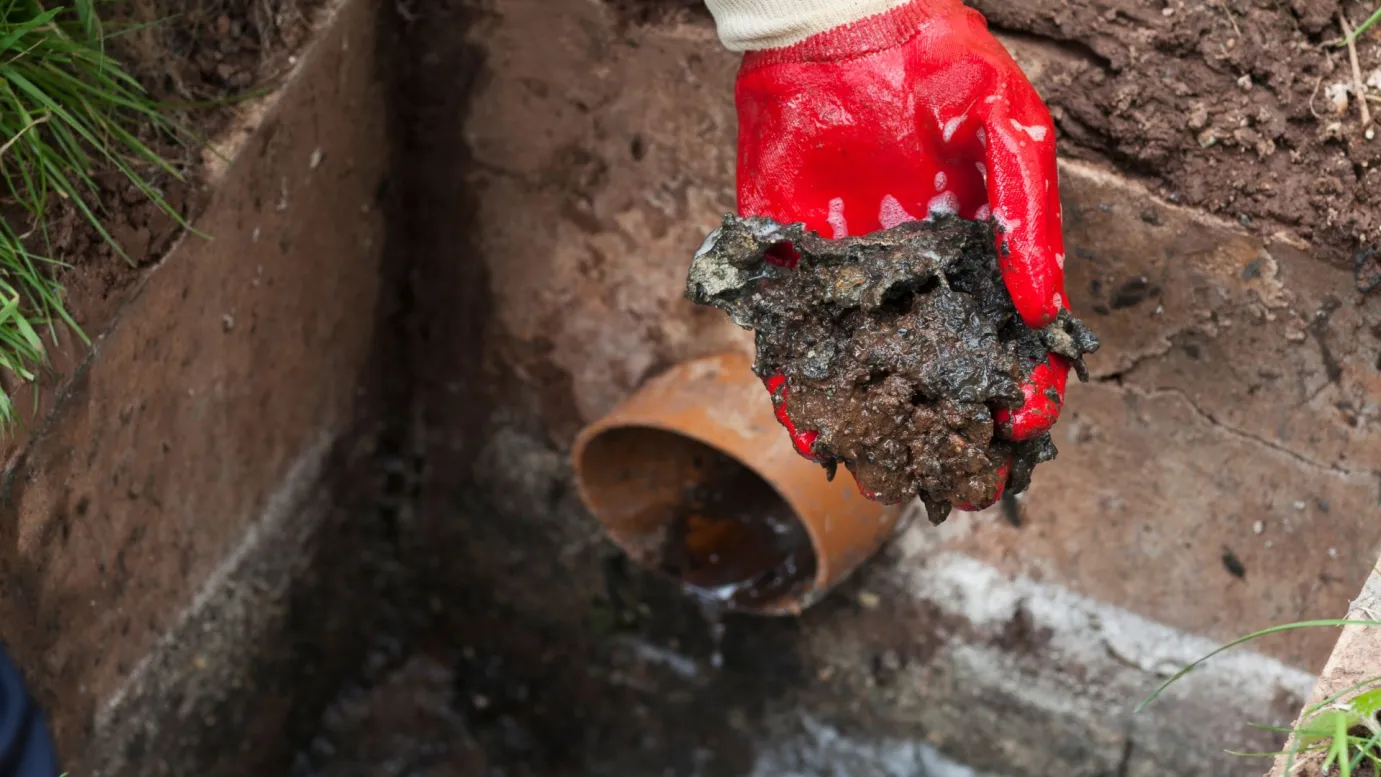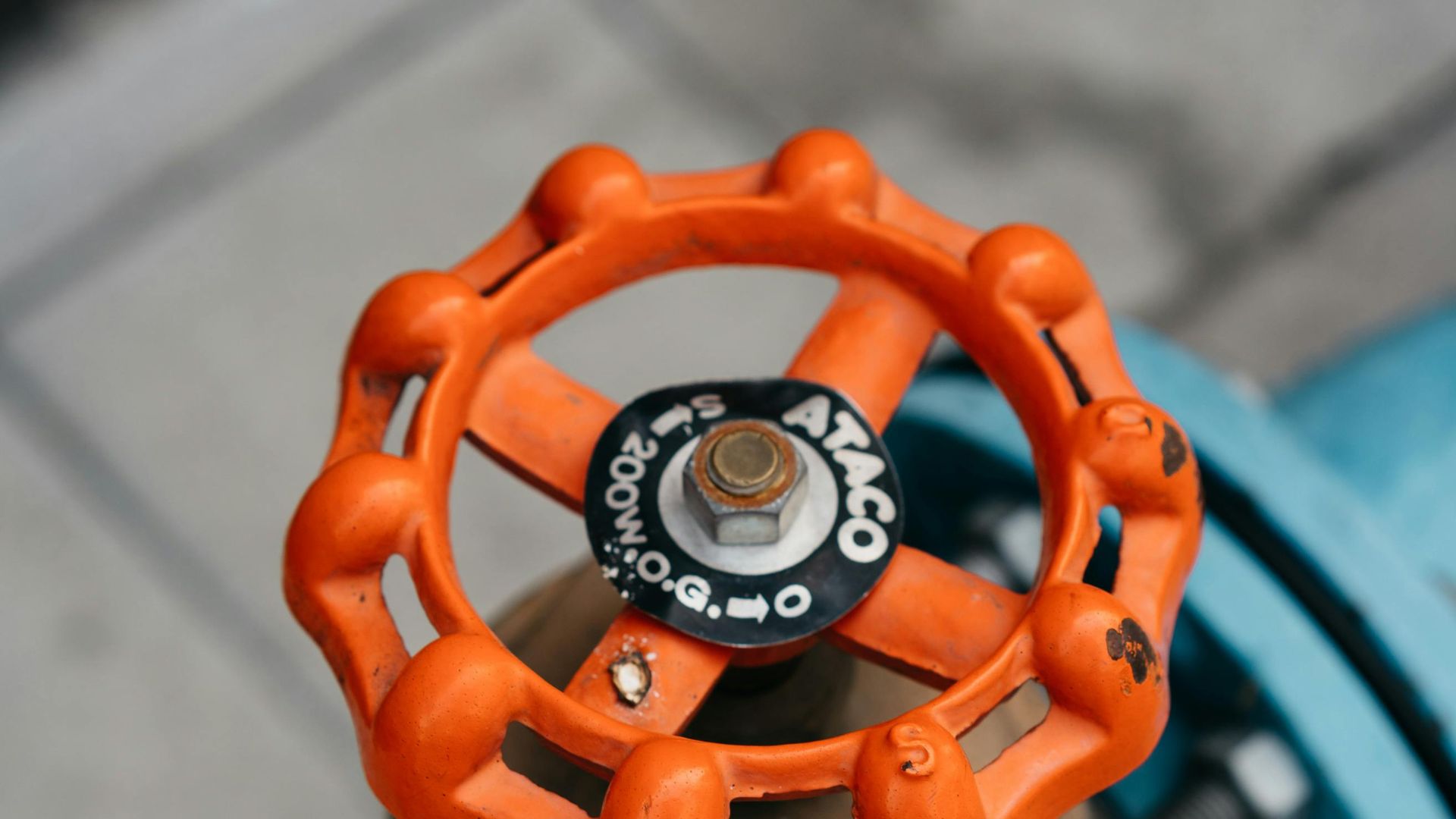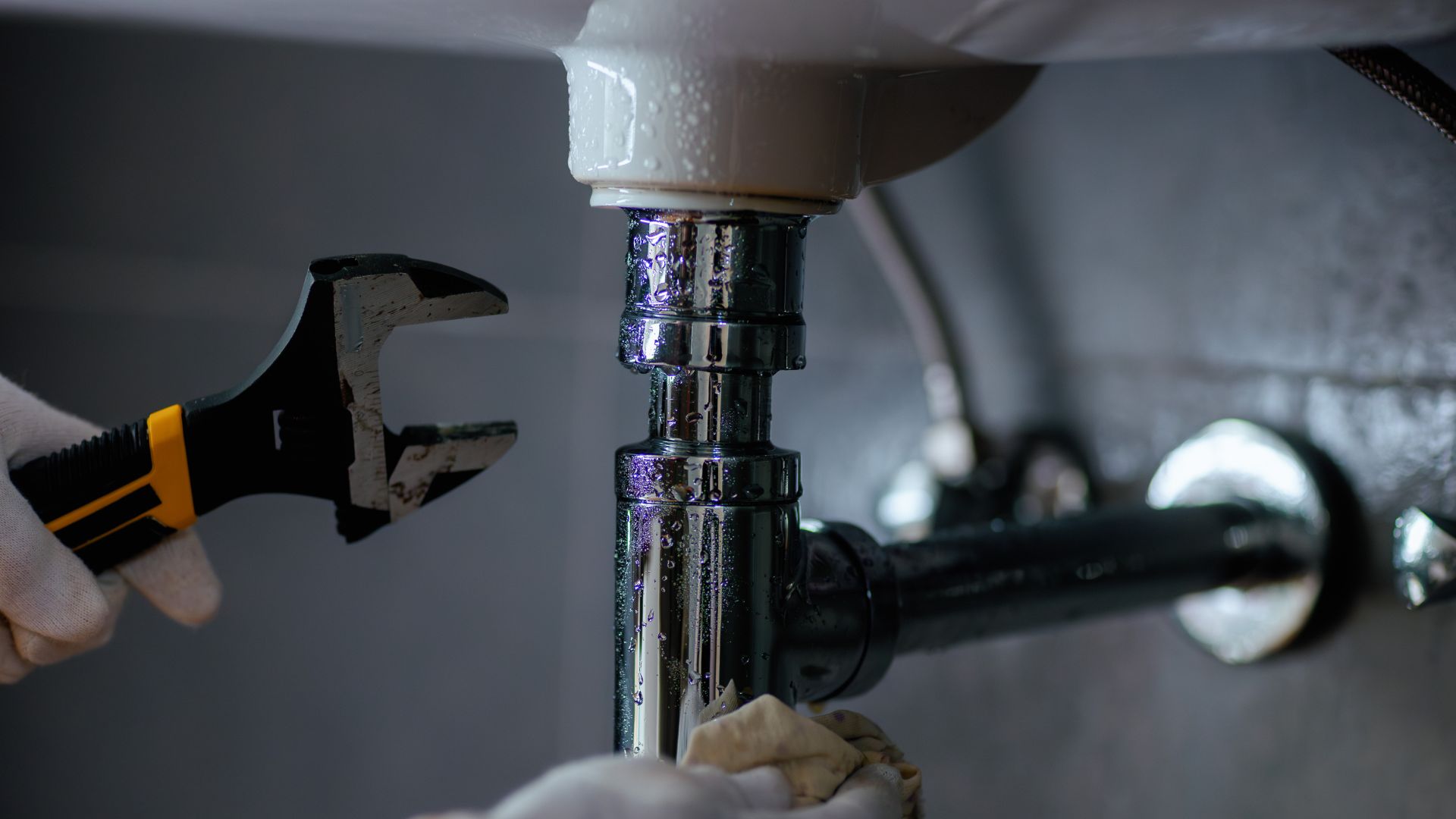According to a report by the QBE Insurance Group, over 34% of water damage claims are caused by hidden or burst pipes. What seems like a minor leak behind the wall or under the floor can quickly spiral into a costly nightmare.
Burst pipes don't just drench your carpets-they quietly erode foundations, warp structural timber, and trigger persistent mould problems that affect indoor air quality. These long-term plumbing issues often go unnoticed until the damage is done.
The Silent Menace: How Burst Pipes Go Unnoticed
Burst pipes don't always announce themselves with a gush of water. Often, the damage begins with a tiny rupture hidden behind walls, beneath tiles, or even under concrete slabs. These hidden leaks quietly seep moisture into surrounding materials, out of sight and out of mind. Telltale signs like damp patches, a sudden drop in water pressure, or faint dripping noises are easy to brush off or misinterpret.
What makes these situations worse is how easily they're overlooked until the damage has compounded. Moisture builds slowly, warping wood, inviting mould, and softening structural elements. Older homes, in particular, are at greater risk due to outdated plumbing systems.
Extreme heatwaves or sudden cold snaps, common across many parts of Australia, can also weaken pipes, making them more prone to failure. Left unchecked, a simple leak can quickly escalate into a plumbing emergency, with extensive and costly repercussions.
Structural Deterioration: Foundations and Frameworks at Risk
When burst pipes are ignored, moisture begins to affect the very bones of a home. Over time, this can lead to widespread and expensive structural damage.
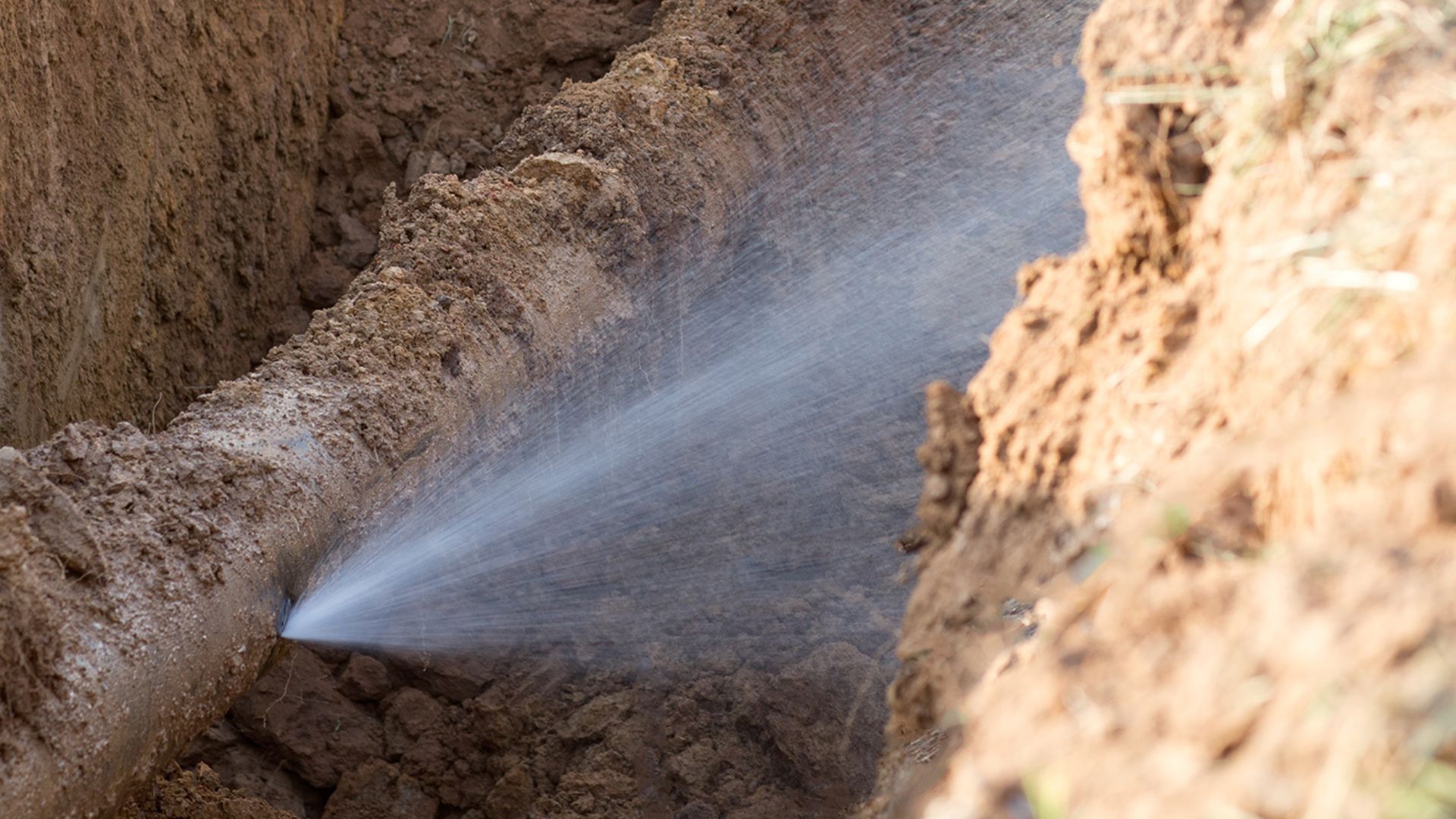
Moisture vs. Materials
Timber framing absorbs water, causing it to swell, weaken, and eventually rot.
Metal components within walls and supports begin to corrode, compromising their strength.
Concrete slabs slowly erode under consistent moisture exposure, reducing their integrity.
Impact on Load-Bearing Elements
Saturated materials lose their ability to support the weight of the structure.
Load-bearing walls may shift or bow as internal frameworks become compromised.
Floor joists can sag or split, resulting in warped or uneven floors.
Visible Warning Signs
Cracks are forming across internal walls or around window frames.
Doors that no longer close properly due to subtle movement in the structure.
Uneven flooring in areas previously level, often worsening over time.
Slab Heave in Clay-Rich Soils
Persistent moisture leads to soil expansion beneath concrete slabs.
Clay-heavy regions in Australia are especially prone to this ground movement.
As the soil lifts, it causes slab displacement and visible cracking in foundations.
The Hidden Health Hazard: Mould and Air Quality
Long-term water exposure creates more than just structural damage. It turns homes into breeding grounds for mould. When moisture lingers on walls, floors, or insulation, especially in poorly ventilated spaces, mould begins to thrive. Pipes leaking behind plaster, under timber floors, or within ceiling cavities provide the perfect conditions for silent growth.
What starts as a minor stain can quickly become a serious health risk. Mould spores affect indoor air quality and can trigger various health issues. These include:
Persistent coughing or sneezing
Respiratory irritation or congestion
Aggravated asthma symptoms
Heightened allergic reactions in sensitive individuals, particularly young children and the elderly
The contamination can spread untreated through ventilation systems and into adjoining areas. Remediation at this stage isn't just difficult-it's expensive and invasive. Sections of wall or flooring often need to be removed completely, increasing both time and cost. Mould from pipes isn't just unpleasant-it's dangerous and worsens the longer it's ignored.
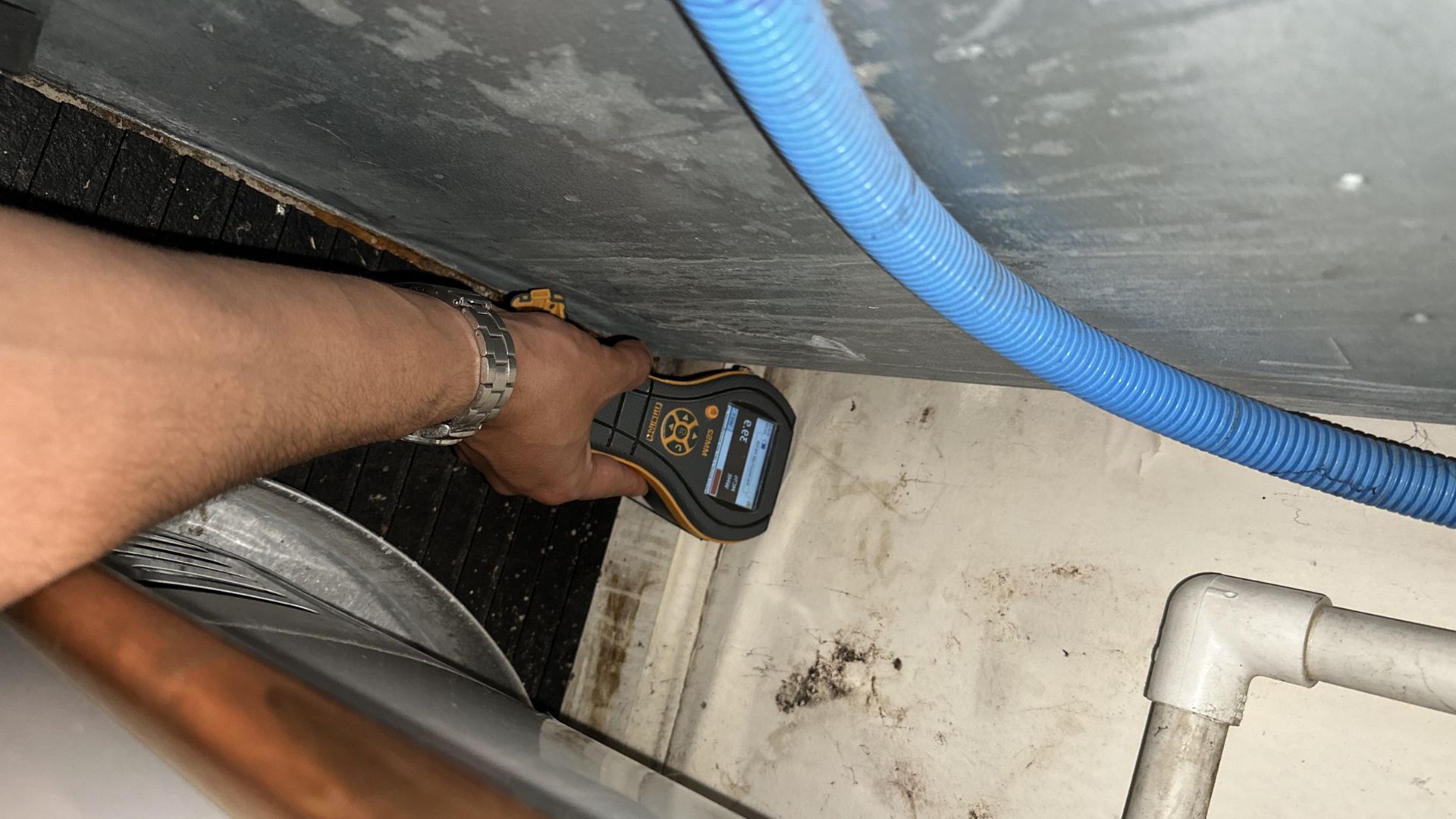
Electrical and Appliance Damage
Burst pipe risk isn't limited to flooding floors-it extends into your home's electrical systems. When water seeps into cabling, outlets, or behind walls, it creates serious hazards that are often hidden until something goes wrong.
Key risks include:
Short circuits in outlets or behind switchboards
Corrosion of wires and electrical terminals
Increased chance of electrical fires
Plumbing-related appliance failure is another common consequence. Many household systems rely on direct water connections, leaving them vulnerable to unnoticed leaks. Affected appliances may include:
Hot water systems
Dishwashers
Washing machines
Fridges with water dispensers or ice makers
Insurance complications:
Neglect-related issues are often excluded from cover
Delays in addressing the problem can result in denied claims
Homeowners may face full replacement costs for appliances and rewiring
Ignoring water near electrical components doesn't just risk your appliances-it puts your safety at stake.
Skyrocketing Repair Bills and Insurance Headaches
Delaying a simple pipe repair can turn a quick fix into a full-blown renovation. What begins as a small leak behind a wall can lead to multiple layers of costly damage that extend far beyond plumbing.
Common secondary repair costs include:
Flooring replacement due to water warping or rot
Mould removal and specialised air quality treatments
Foundation repairs from weakened or shifting supports
Electrical rewiring in moisture-exposed areas
Insurers may reject the claim when the damage is tied to negligence. Most Australian home insurance policies exclude cover for slow leaks or unresolved issues. If there's evidence that a plumbing emergency was ignored, homeowners may be left to absorb the full pipe repair costs and every consequence that follows.
Understanding water damage insurance policies is crucial, but taking prompt action is even more important. A delayed response can cost thousands, and fast attention saves far more than just money.
Property Devaluation and Resale Problems
Home resale water damage doesn't stay hidden for long. Surveyors are trained to spot the signs-discoloured walls, musty odours, visible mould, and warped flooring all raise red flags. Even minor issues caused by burst pipes can leave a lasting impression during property inspections.
Known plumbing problems tend to shake buyer confidence. Offers drop, negotiations drag, and potential buyers may walk away altogether. The property value takes a hit from the damage itself and the stigma attached to unresolved maintenance.
In many Australian states, water damage must be disclosed legally, further affecting the home's marketability.
Long-Term Environmental Impact
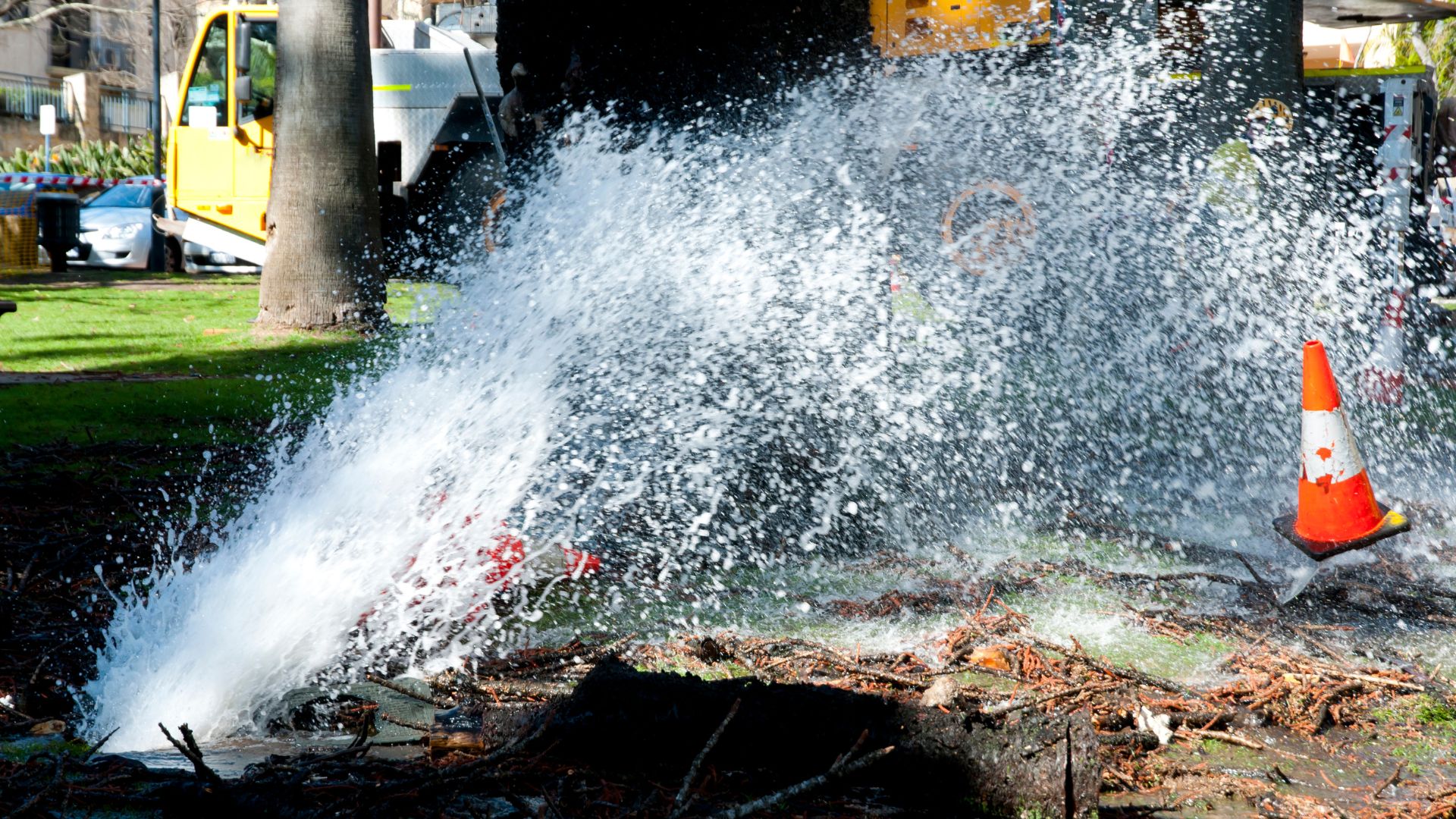
The environmental impact of burst pipes extends well beyond the walls of a single home. A slow, continuous leak can waste thousands of litres of water yearly-enough to supply multiple households. This silent water loss becomes especially concerning during drought conditions affecting many parts of Australia.
Rebuilding damaged areas adds another layer to the problem. Replacing timber, concrete, tiles, and insulation contributes to resource consumption and landfill waste. Manufacturing and transporting these materials also carries a significant carbon footprint.
Water waste in Australia isn't just a utility issue-it's a sustainability concern that starts with simple plumbing neglect.
Why Quick Action Saves More Than Just Money
Acting early isn't just about cost-it's about protecting your home, health, and sanity. Prompt emergency pipe repair improves air quality, prevents structural deterioration, and stops health risks in their tracks. It also brings peace of mind, knowing hidden damage isn't growing behind your walls.
Effective solutions include:
Temporary shut-off systems
Pressure relief valves
Pipe clamps and emergency sealants
Early pipe leak detection is far more advanced today, with professionals using:
Thermal imaging to locate hidden moisture
Acoustic sensors to detect movement within walls
Pipe inspection cameras for precision diagnostics
Plumbing inspection now means prevention, not guesswork.
Please don't Wait Until It's Too Late: Act Today
Neglecting a burst pipe isn't just a short-term nuisance; it's a future problem with a hefty price tag. From damaging your home's structure to putting your family's health at risk, the hidden effects can build fast and quietly. If you've noticed damp spots, heard unusual dripping, or suspect something's wrong, it's time to act.
Our licensed plumbers are equipped to handle urgent plumbing emergencies with precision and speed. Early action means fewer repairs, less disruption, and safer living conditions.

